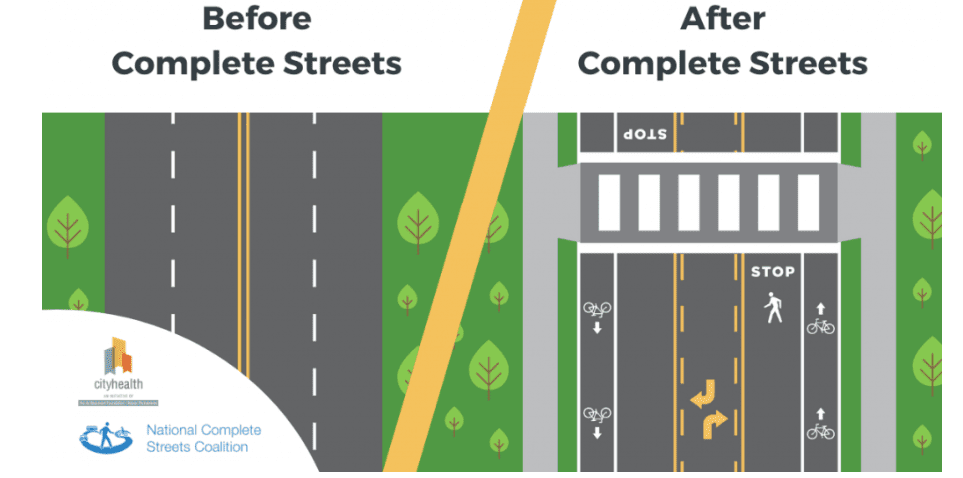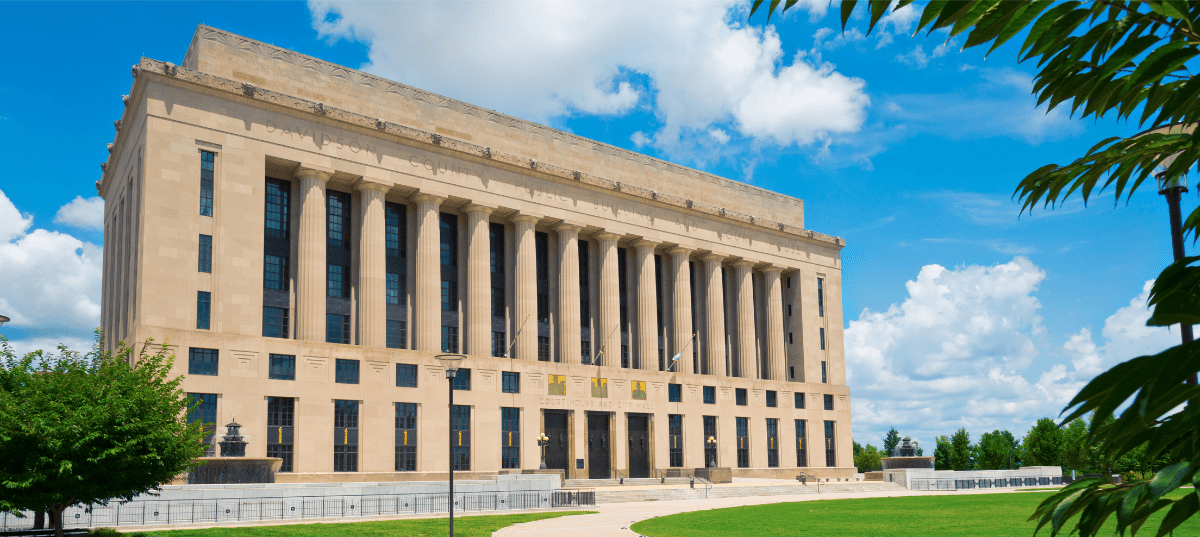Tennessee has some of the most dangerous streets in the nation. In 2021, we had 1,318 traffic fatalities and ranked 42nd worst in the country, and in 2022, Memphis was rated in the top five most dangerous cities for pedestrians. But three cities recently completed an academy that could help our roads become much safer.
Memphis, Nashville, and Chattanooga completed Smart Growth America’s (SGA) Complete Streets Leadership Academy in June 2023 in collaboration with the Tennessee Department of Transportation. The Complete Streets Leadership Academy is a technical assistance program designed to help state departments of transportation (DOTs), state health partners, and up to three localities within the state work together and build skills to transform streets into safer and healthier places. Tennessee, California, Connecticut, and Alaska were all selected in the 2022-2023 cohort. Through a series of virtual and in-person workshops, the state and localities learned about Complete Streets implementation and identified policy barriers and strategies for coordinating across numerous jurisdictions, all while planning and implementing quick-build temporary street safety demonstration projects.
ThinkTennessee team members, Erin Hafkenschiel and Adriane Bond Harris, served as SGA instructors for the Tennessee cohort. They presented relevant information and supported the city teams through their planning, community engagement, and implementation strategies.
The three Tennessee cities recently presented their final plans to Smart Growth America and the instructor team for three projects along state-owned roadways in each community.
- Chattanooga – S. Willow Street (SR-17) -The goal of the Chattanooga quick-build project is to install safe, visible, and accessible pedestrian crosswalks connecting two neighborhoods to schools, parks, and other destinations while building the skills and experience of the city team to implement additional quick-build projects.
- Memphis – Summer Ave., between Tillman St. and Baltic St. – The goal of the Memphis quick-build project is to provide median and ADA-compliant curb ramps at both ends of the crosswalk. This location was selected due to its proximity to two transit stops, high pedestrian activity, and recent crash activity data.
- Nashville – Dickerson Pike, Duke St – Queen Ave – The goal of the Nashville quick-build project is to provide a pedestrian refuge island with a vertical delineation, define frontage and driveways, and create an artistic pedestrian walkway in a highly pedestrian-trafficked area of Dickerson Pike.

What are Complete Streets?
Smart Growth America defines Complete Streets as streets for everyone. It is a holistic approach to planning, designing, building, operating, and maintaining streets that allows access for pedestrians, cyclists, motorists, and transit riders of all ages and abilities, rather than designing streets only for cars.

Why Complete Streets?
ThinkTennessee’s State of Our State Dashboard indicates Tennessee’s rankings in transportation-related areas are considerably lower than other states:
- 42nd in Auto Loan Deficiency
- 42nd in Highway Traffic Fatalities
- 41st in Auto Loan Deficiency Rate in Communities of Color
- 42nd in Commuters Taking Transit to Work
Complete Streets and quick-build projects allow cities to respond to a community’s needs in identifying appropriate transportation measures that will improve the safety of all roadway users. Quick-build projects also temporarily demonstrate what Complete Streets look like for residents, policymakers, and the greater community to consider for future implementation.
What are the Lessons Learned for Future Quick-Build Projects?
To achieve the vision of more Complete Streets in our communities and improve safety on our streets, cities will need to adopt a multi-pronged strategy for implementing both permanent Complete Street transformation projects and temporary, cost-effective, quick-build projects. The Complete Street Leadership Academy provided important lessons learned for future quick-build projects:
- Leadership buy-in from the start: Quick-build projects are new to Tennessee, so it is important to have leadership buy-in right away. In this case, since the projects were on state roads, TDOT was the ultimate decision maker, and bringing them into the planning and design process from the beginning was critical for success. For future projects on local roads, city staff will need to pull in the relevant council members and department heads so everyone is on board as the project moves forward.
- Site selection is time-consuming: Since there are so many sites that could be candidates for quick-build projects, the site-selection process can be overwhelming. City transportation departments need dedicated traffic engineering staff to identify high-priority project locations and brainstorm how to engage the community in selecting future quick-build locations. Nashville, for example, could ask neighborhoods to submit quick-build proposals (similar to the city’s traffic calming program) or utilize HubNashville to receive input, creating a great way to prioritize projects.
- Community engagement must be prioritized: Engaging residents, businesses, and other stakeholders in communities needs to be a key consideration, even for temporary projects. Communities need to see that transportation leaders are taking safety seriously and moving quickly to make our streets safer. By deepening these relationships between city staff, nonprofit partners, and neighborhood associations more quick-build opportunities can be activated.
- Practice makes perfect: The first projects are always the hardest, but Tennessee’s cities should be prioritizing more quick-build projects. In many cases, city leadership might find value in encouraging transportation staff to commit to a certain number of projects per year and to test out different ideas (that are proven to improve safety). Not all of them will work perfectly in all neighborhoods, but city officials will gain valuable insights for the future. Projects will also get more cost-effective the more cities are building them because materials can be reused (such as the high-demand modular refuge island) for different projects. In most cases, we need to “just build it.”
Smart Growth America will be releasing a full report to expand on the projects and lessons learned from the Tennessee cohort and other cohorts in late summer or early fall.





